
Dynamics 365 Field Service (on-premises) use rights to retire on June 30, 2022
This article is contributed. See the original author and article here.
Today, we’re announcing that use rights for Dynamics 365 Field Service (on-premises) will be retired on June 30, 2022. If your organization is currently using an on-premises version, this blog post gives you information to help you understand and plan for this change.
What is Dynamics 365 Field Service (on-premises)?
Dynamics 365 Field Service (on-premises) allows organizations to install and run Field Service version 7 and applications on computers located on site rather than as a service in the cloud. On-premises implementations of the Field Service application will no longer be supported after June 30, 2022.
How will this change affect my organization?
If your organization is currently using Dynamics 365 Field Service (on-premises), you’ll need to migrate to Dynamics 365 Field Service.
Are there any resources to help me move to the cloud?
Yes. The Dynamics 365 Migration Program is available to assist our customers with migrating from on-premises to the cloud. If you have questions specifically related to a Field Service migration, send us an email.
What will happen to the mobile app that works with Dynamics 365 Field Service (on-premises)?
Field Service Mobile (Xamarin) is also being retired June 30, 2022, and it will no longer be available. For more information about the Field Service mobile apps, go to the documentation.
What will happen with my organization’s Dynamics 365 Field Service (on-premises) license?
Licensing for Dynamics 365 Field Service (on-premises) is provided through dual use licenses, per the Dynamics 365 on-premises licensing guide. Organizations currently using Field Service licenses for on-premises implementations can use those same licenses for Field Service online.
When is this change taking place?
Availability of Dynamics 365 Field Service (on-premises) will end June 30, 2022.
When will the download package for the on-premises version become unavailable?
The download package to install Dynamics 365 Field Service (on-premises) will no longer be available after Dec 31, 2021.
What will happen to my Field Service (on-premises) implementation after June 30, 2022?
If you’ve already installed the on-premises version, it will still be available for your organization. However, new installations of Field Service (on-premises) will no longer be available from Microsoft. Also, the Field Service Mobile application that works with Field Service (on-premises) will be retired and no longer available after June 30, 2022.
I have a government implementation. Where is the Dynamics 365 sovereign cloud available?
The geographic regions where the Dynamics 365 sovereign cloud and Dynamics 365 Field Service are available is described in the Infrastructure and availability PDF.
Will I have to upgrade my version of Dynamics 365 Field Service when moving online?
Yes. The on-premises version will need to be updated through a proven upgrade process to the latest online version of Dynamics 365 Field Service.
Does this change also apply to other Dynamics 365 Customer Engagement (on-premises) apps?
No. This change does not apply to other Dynamics 365 on-premises apps.
Next steps
If you have any questions about this change, or need help with planning your Field Service (on-premises) migration, send us an email and we’ll connect you with the best resources to help you move forward.
Learn more about Dynamics 365 Field Service capabilities in the documentation.
The post Dynamics 365 Field Service (on-premises) use rights to retire on June 30, 2022 appeared first on Microsoft Dynamics 365 Blog.
Brought to you by Dr. Ware, Microsoft Office 365 Silver Partner, Charleston SC.

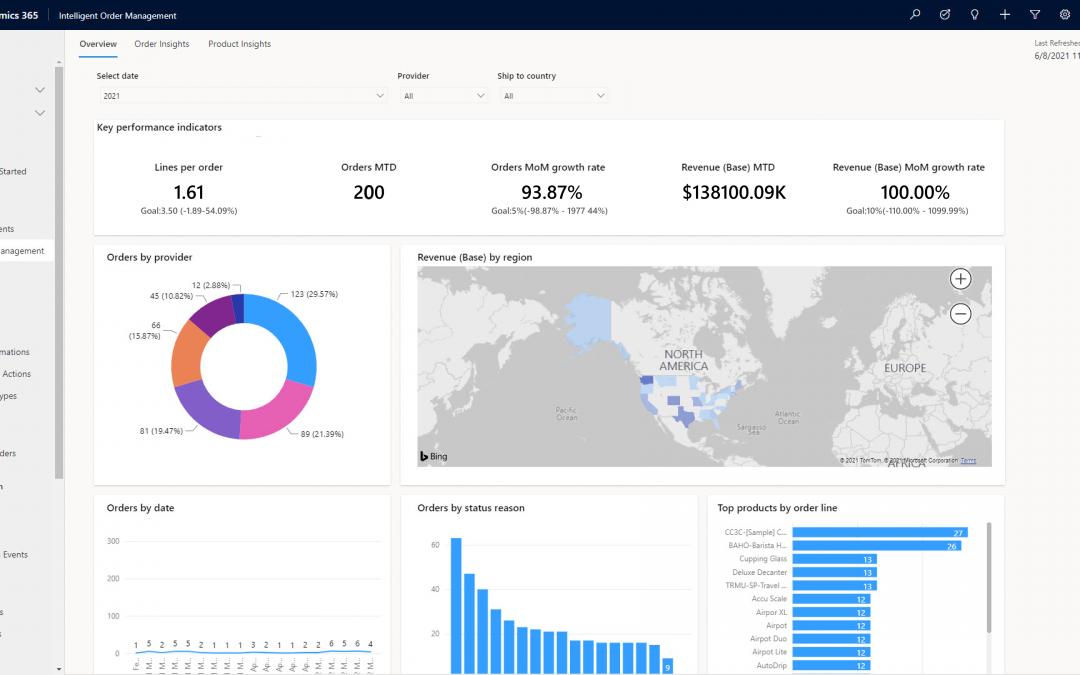

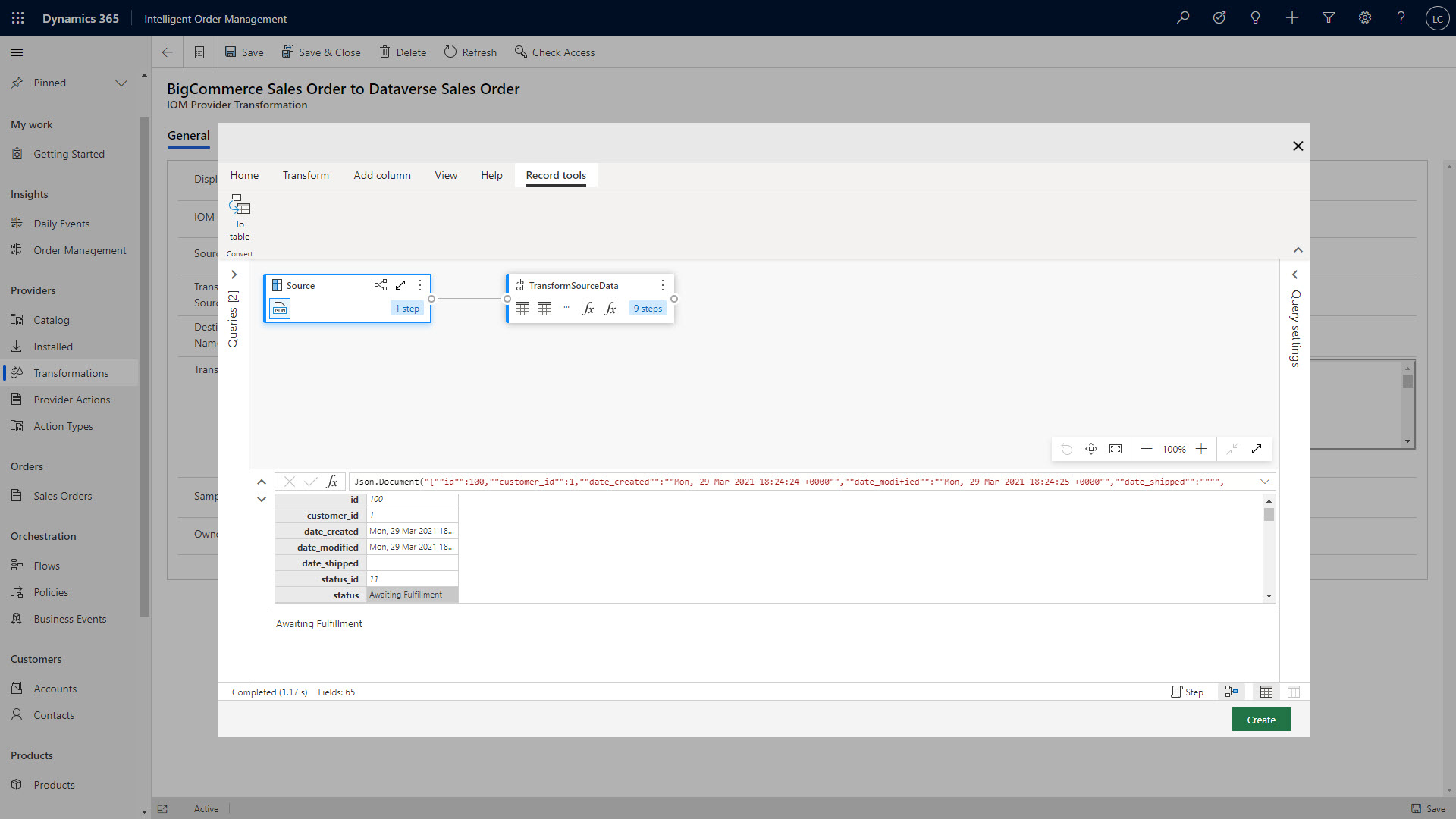
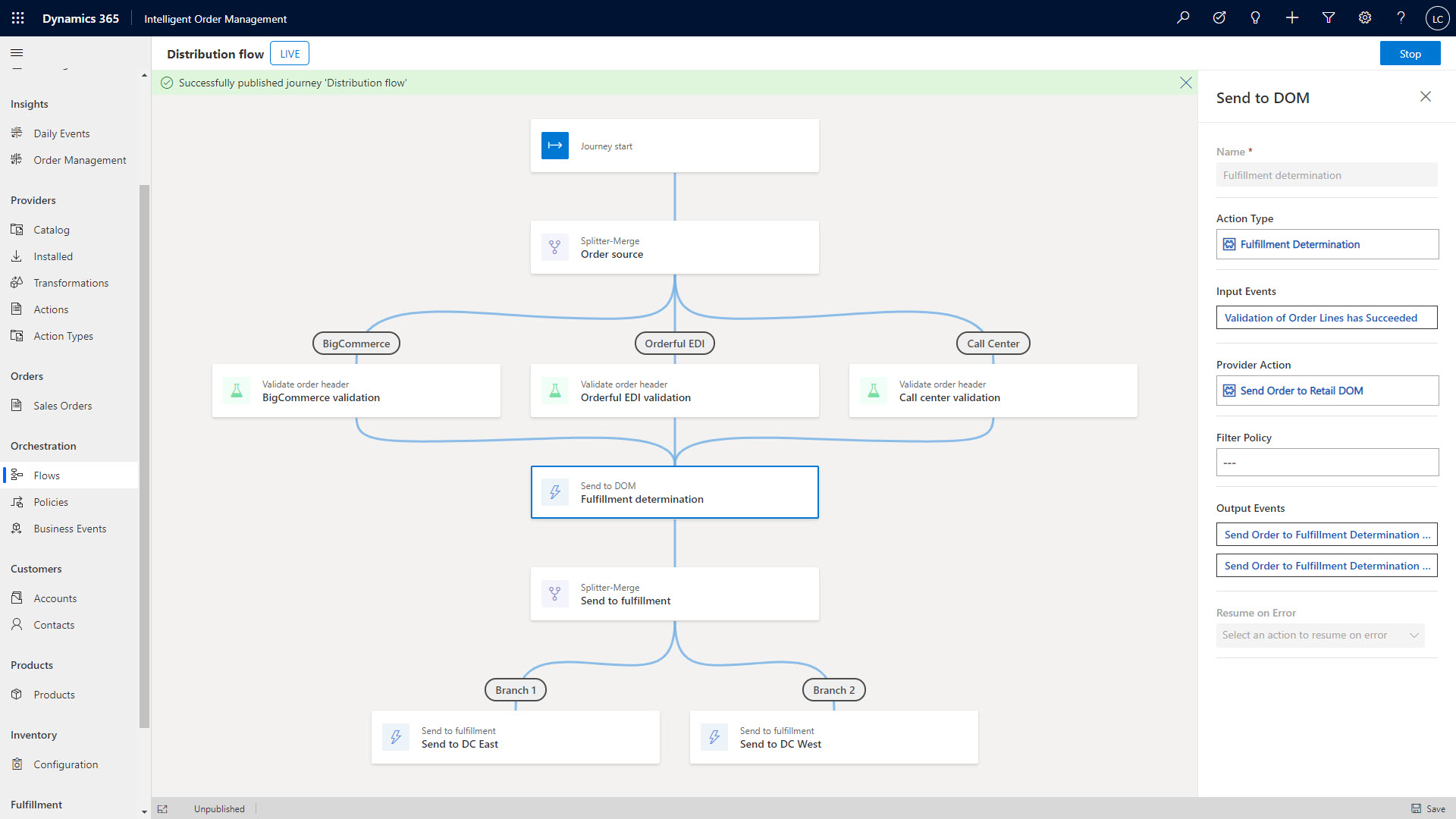
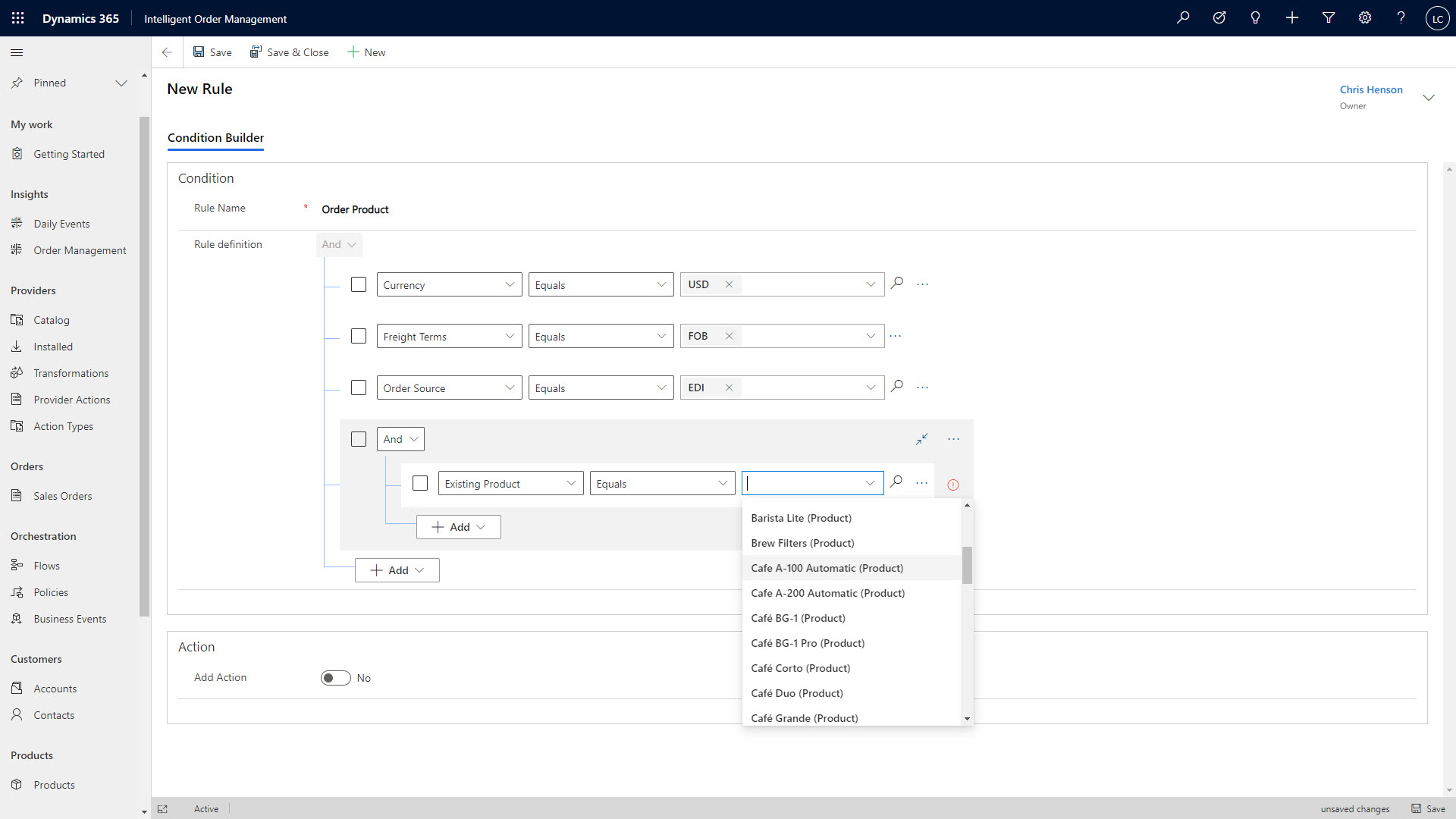
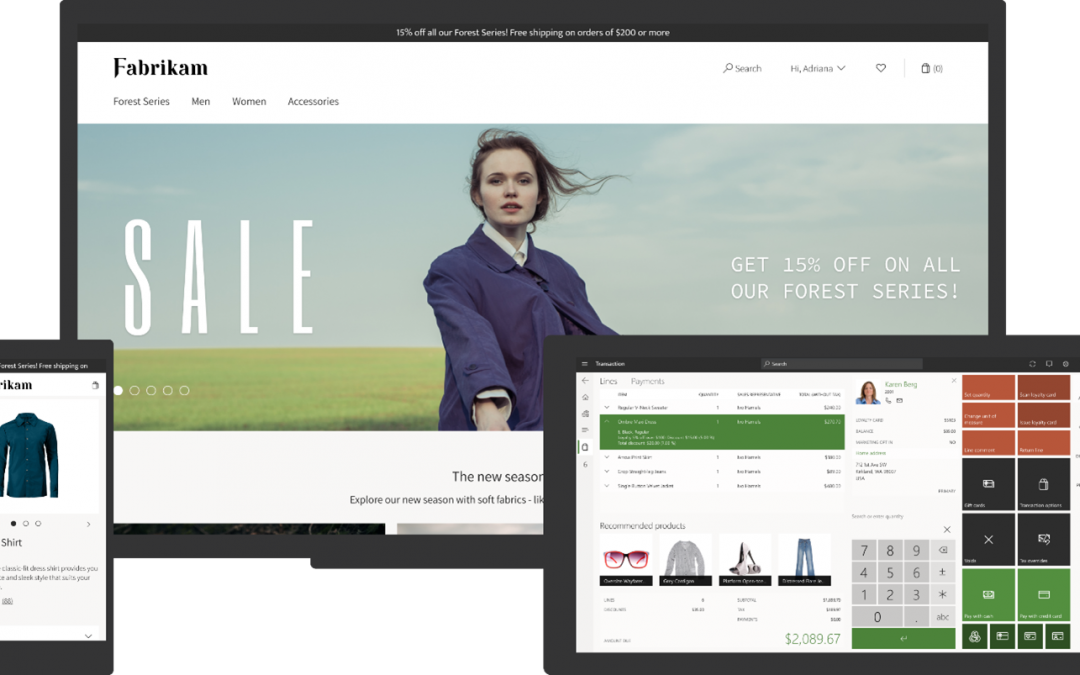
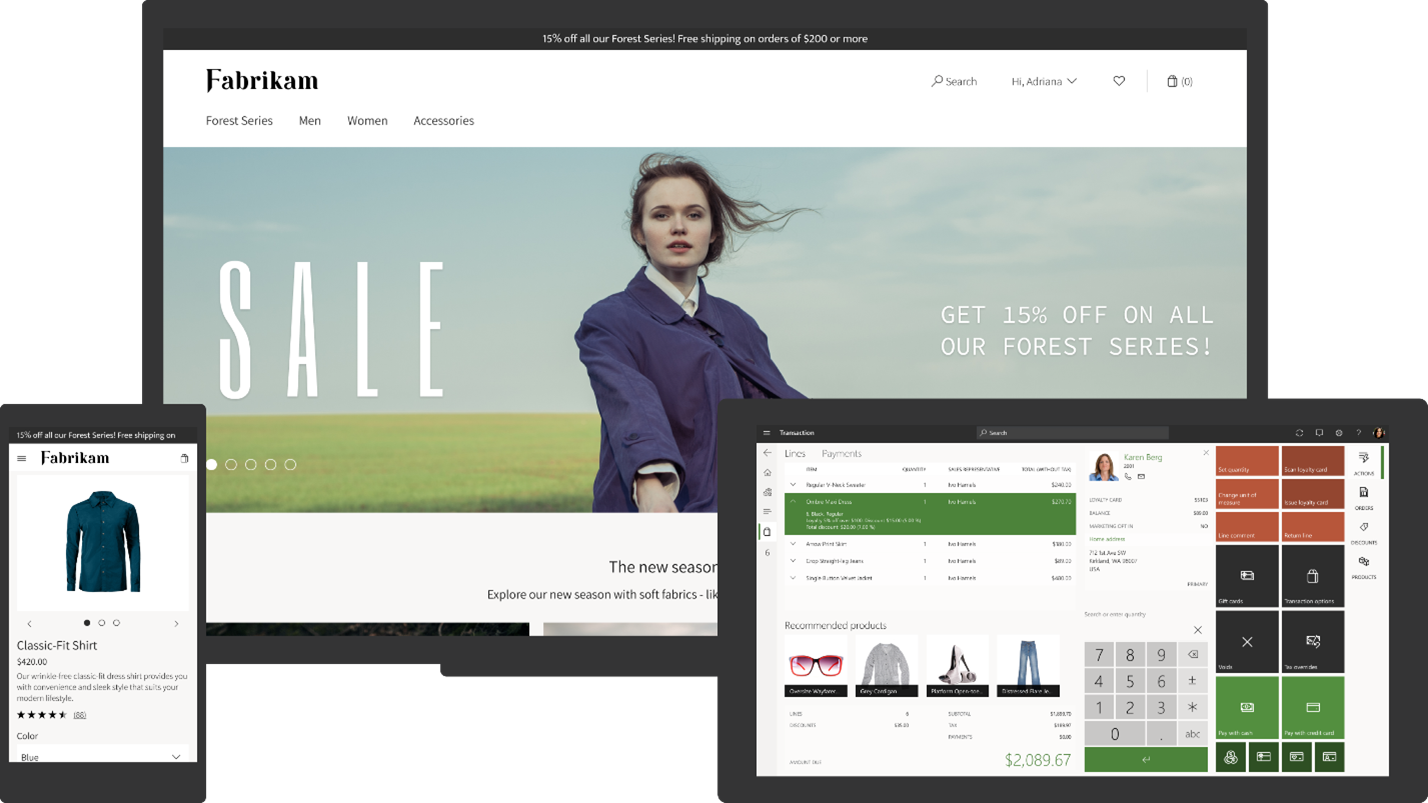
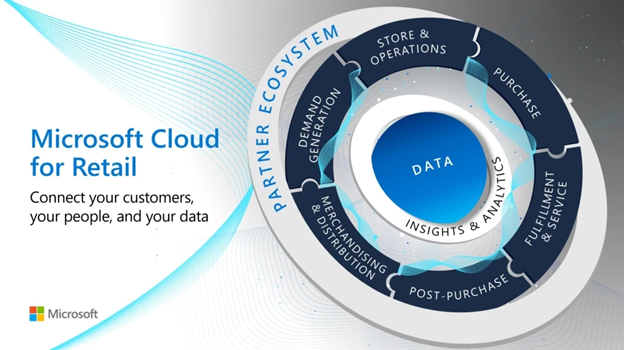
 Of Microsoft Dynamics 365 Remote Assist, a commissioned study conducted by Forrester Consulting on behalf of Microsoft, June 2020
Of Microsoft Dynamics 365 Remote Assist, a commissioned study conducted by Forrester Consulting on behalf of Microsoft, June 2020
Recent Comments